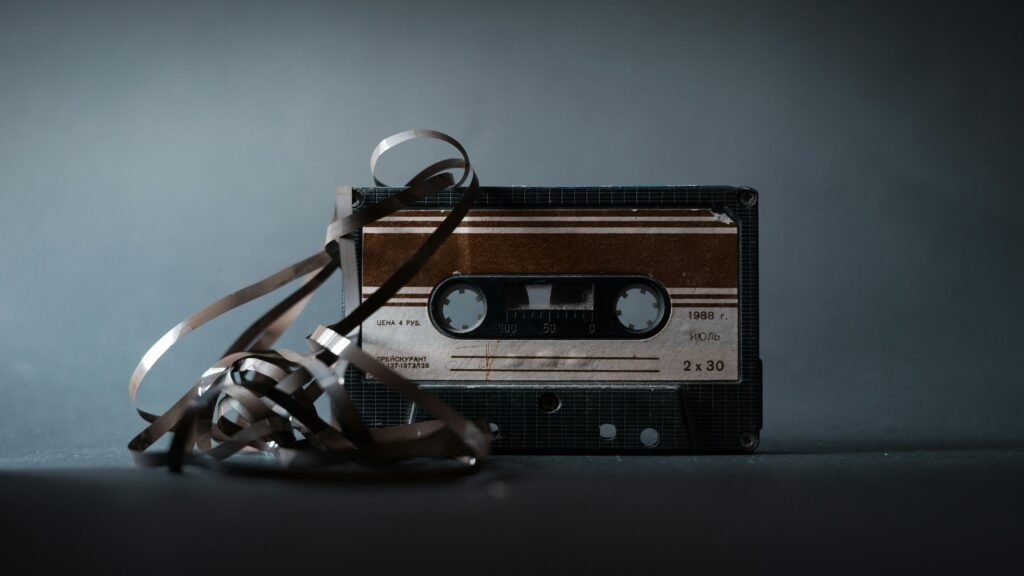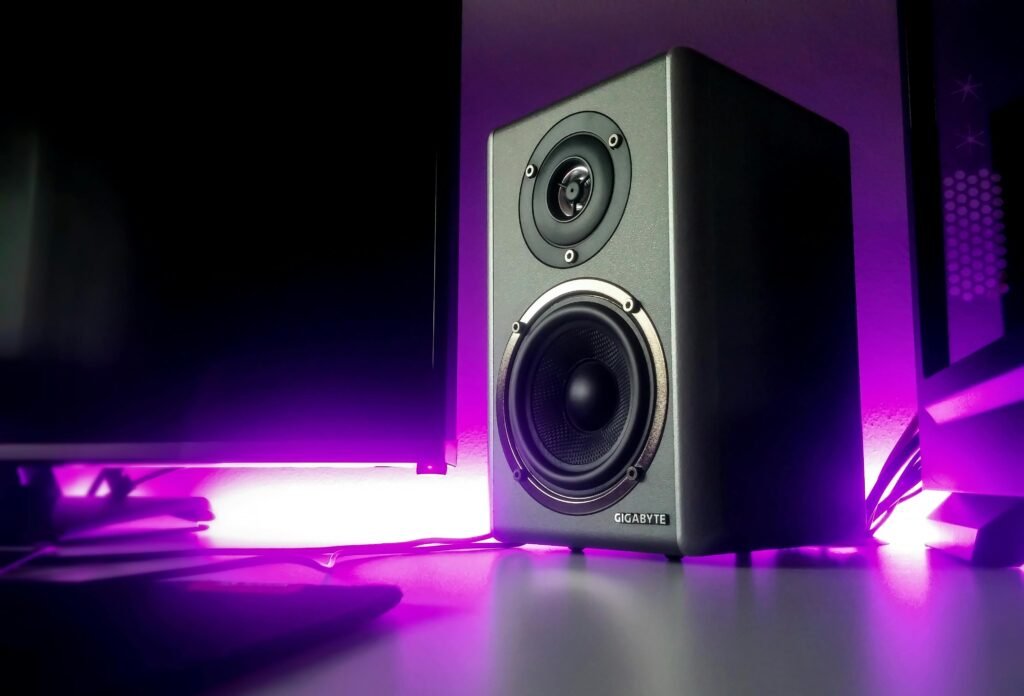I am passionate about the art of sound design and its pivotal role in creating captivating audio experiences. Sound design is a multifaceted discipline that involves shaping and sculpting sonic elements to evoke emotions, enhance storytelling, and immerse audiences in rich and dynamic auditory worlds. In this comprehensive guide, I will delve into the intricate craft of sound design, exploring various techniques and tools that composers, producers, and sound designers can utilize to craft unique and immersive audio experiences.

Understanding the Essence of Sound Design
Sound design is the process of creating and manipulating audio elements to convey narrative, mood, and atmosphere in various media forms, including film, television, video games, theater, and interactive installations. Sound designers harness the power of sound to complement visual imagery, enhance storytelling, and evoke emotional responses from audiences. Whether it’s the subtle ambience of a tranquil forest, the thunderous roar of a spaceship engine, or the eerie whispers of a haunted mansion, sound design adds depth, texture, and dimension to the audio-visual experience, bringing stories and worlds to life in vivid detail.
Techniques for Effective Sound Design
Effective sound design involves a combination of creative vision, technical proficiency, and artistic expression. Here are some key techniques that sound designers employ to craft immersive audio experiences:
1. Foley Artistry
Foley artistry involves recording and editing custom sound effects to synchronize with on-screen actions and movements, such as footsteps, clothing rustles, and object interactions. Foley artists use everyday objects and props to recreate realistic soundscapes, adding authenticity and depth to the auditory experience.
2. Layering and Mixing
Layering and mixing multiple audio elements allow sound designers to create complex and nuanced soundscapes. By blending different sounds together, adjusting volume levels, and applying effects such as equalization, compression, and spatial processing, sound designers can achieve balance, depth, and immersion in their audio compositions.
3. Synthesis and Manipulation
Synthesis and manipulation techniques involve generating and sculpting sounds using synthesizers, samplers, and audio processing tools. Sound designers can create custom sound effects, textures, and atmospheres by manipulating waveform shapes, applying modulation techniques, and experimenting with filters, envelopes, and effects parameters.
4. Spatial Audio Design
Spatial audio design focuses on creating a sense of space, depth, and movement within the audio environment. Techniques such as panning, stereo imaging, surround sound mixing, and binaural recording enhance immersion and realism, allowing sound designers to place sounds in specific locations and simulate three-dimensional auditory perspectives.
5. Emotional and Psychological Impact
Sound design can have a profound emotional and psychological impact on audiences, eliciting feelings of tension, excitement, suspense, or tranquility. By carefully selecting and manipulating sound elements such as pitch, tempo, timbre, and dynamics, sound designers can evoke specific emotions and enhance the overall mood and atmosphere of a scene or narrative.
Tools of the Trade: Software and Hardware
Sound designers rely on a diverse array of software and hardware tools to bring their creative visions to life. Here are some essential tools commonly used in sound design:

1. Digital Audio Workstations (DAWs)
DAWs such as Pro Tools, Logic Pro, Ableton Live, and Reaper serve as the central hub for sound design projects, providing powerful recording, editing, mixing, and mastering capabilities. DAWs offer a wide range of virtual instruments, synthesizers, and audio effects plugins that facilitate creative experimentation and sonic manipulation.
2. Sample Libraries and Sound Effects Libraries
Sample libraries and sound effects libraries provide a vast collection of pre-recorded audio samples and sound effects spanning a wide range of categories, including ambiance, nature, animals, machinery, weapons, and cinematic effects. Sound designers use these libraries as building blocks to construct immersive soundscapes and enhance their compositions with high-quality audio content.
3. Virtual Instruments and Synthesizers
Virtual instruments and synthesizers emulate traditional acoustic instruments and generate synthetic sounds using advanced synthesis techniques. From realistic pianos and orchestral instruments to futuristic synthesizers and experimental sound generators, virtual instruments offer endless creative possibilities for sound designers to explore and experiment with.
4. Field Recording Equipment
Field recording equipment such as portable recorders, microphones, and microphone accessories enable sound designers to capture high-quality audio recordings in real-world environments. Whether recording ambient sounds, natural phenomena, or human performances, field recording equipment provides the raw material for sound design projects and adds authenticity to audio compositions.
5. MIDI Controllers and Hardware Effects
MIDI controllers and hardware effects units offer tactile control and hands-on manipulation of virtual instruments and audio effects parameters. From MIDI keyboards and drum pads to MIDI control surfaces and hardware synthesizers, MIDI controllers provide intuitive interfaces for performing and shaping sound in real time, enhancing creativity and expression in sound design workflows.
Conclusion
In conclusion, sound design is a dynamic and versatile discipline that encompasses a wide range of techniques, tools, and creative approaches. By mastering the art of sound design, composers, producers, and sound designers can craft unique and immersive audio experiences that captivate audiences and elevate storytelling across various media forms. Whether it’s creating realistic sound effects, sculpting intricate soundscapes, or evoking powerful emotions through sound, sound design plays a vital role in shaping our auditory perception of the world around us. With a deep understanding of sound design principles, along with proficiency in industry-standard software and hardware tools, composers and producers can unleash their creativity and imagination, pushing the boundaries of audio expression and delivering memorable and engaging audio experiences that resonate with audiences worldwide.